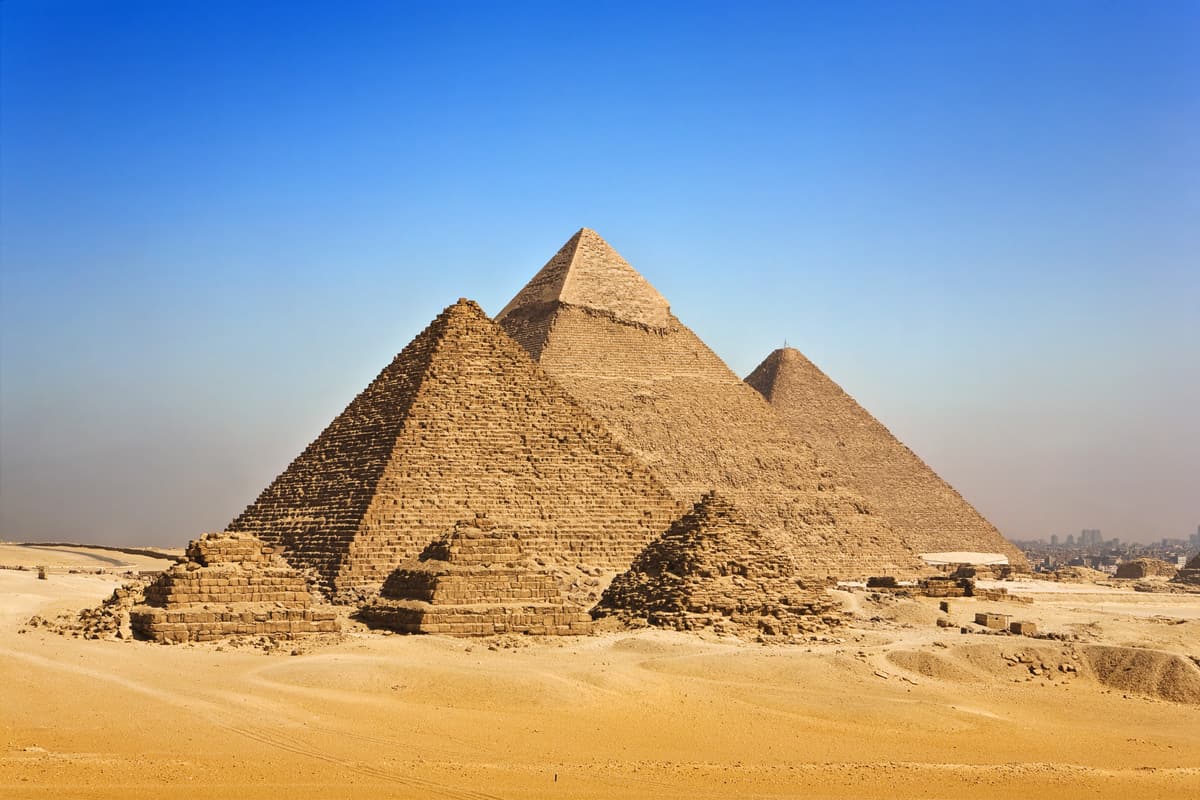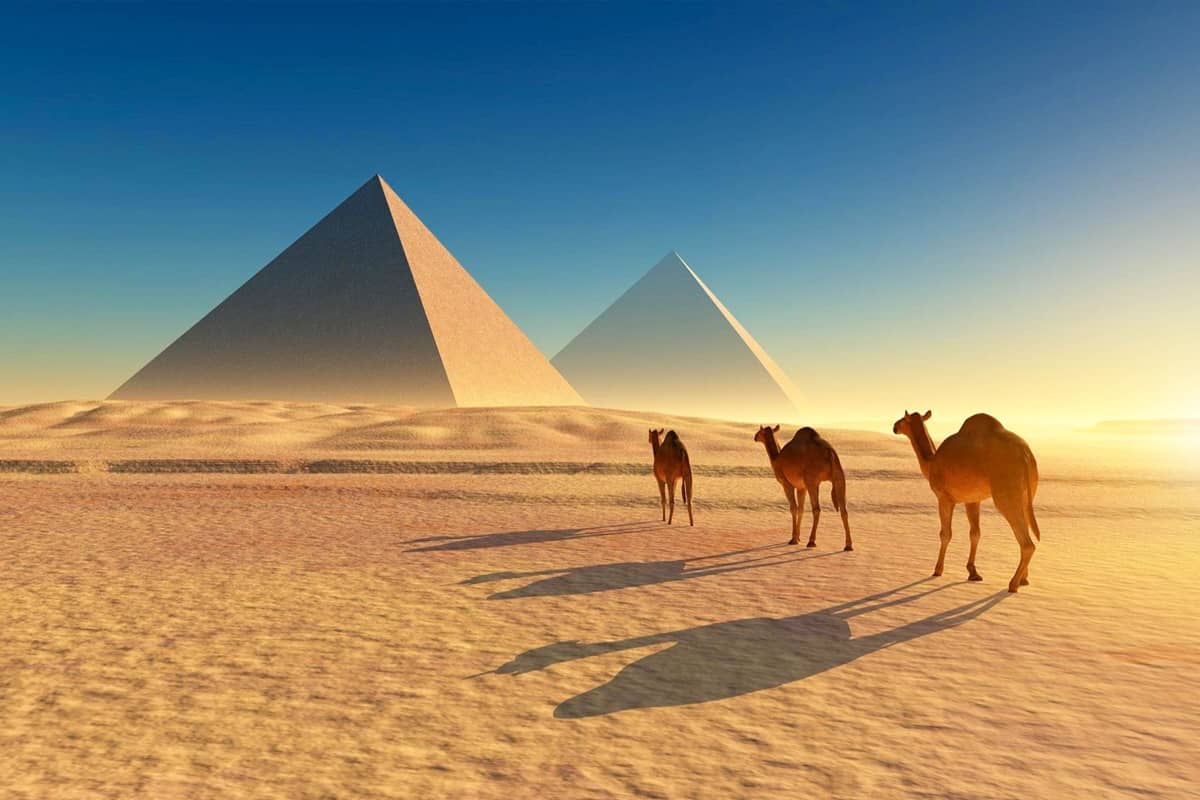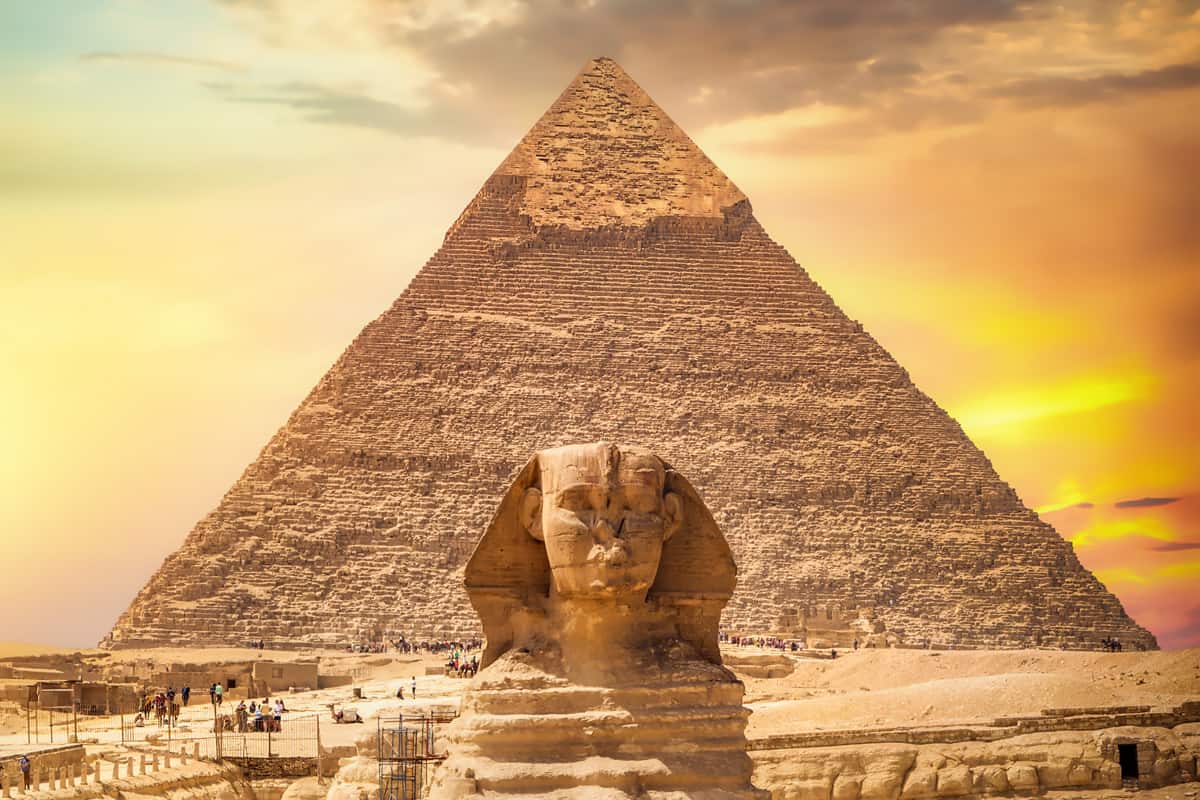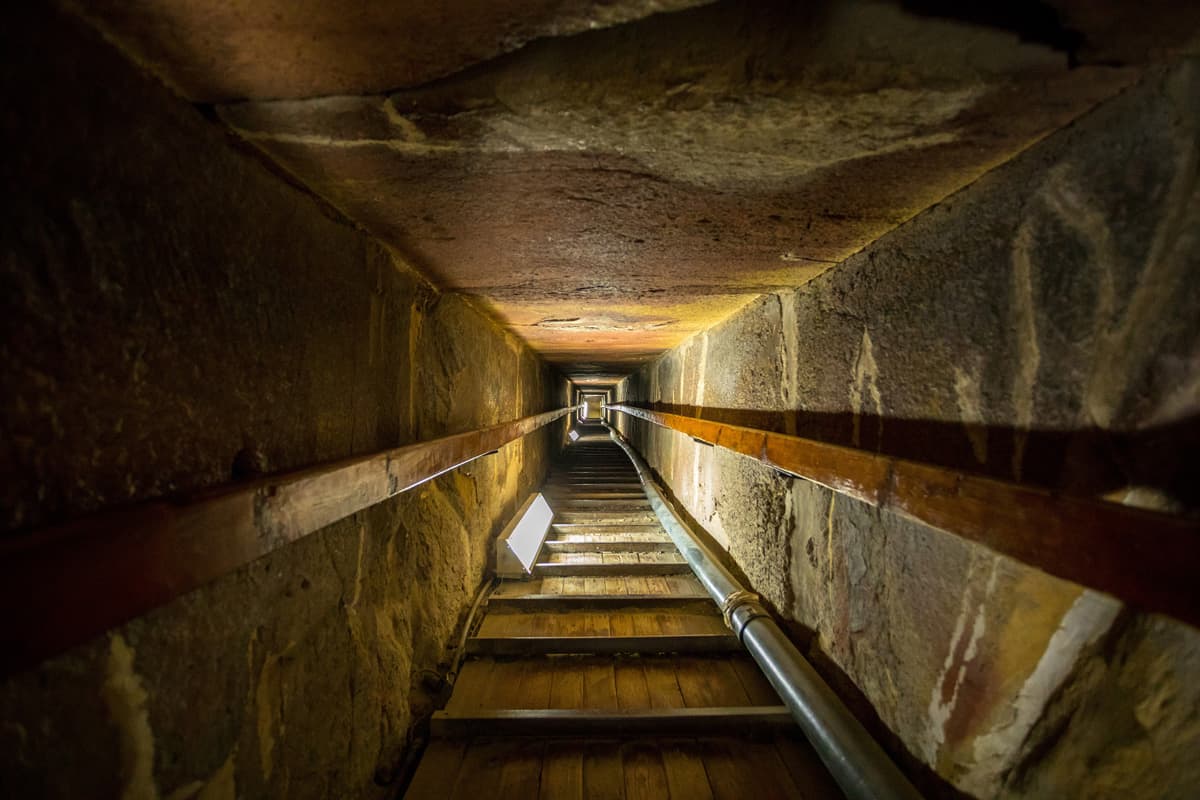Step into the land of pharaohs, and you'll come across the Great Pyramid of Giza, the most enigmatic of the Seven Wonders of the World. This towering feat of engineering, one of the few surviving wonders of antiquity, has captivated historians and adventurers for centuries.
And now, there's even more mystery surrounding it. Recently, archaeologists uncovered a hidden corridor near the pyramid's main entrance that could shed new light on the secrets that the Great Pyramid has kept for millennia. Join us as we delve into this fascinating discovery and what it could mean for our understanding of this magnificent wonder of the ancient world.

A Hidden Corridor Unveiled in the Great Pyramid of Giza: Details of the Non-Invasive Scan Pyramids Project
The newly discovered corridor is nine meters (30 feet) long and is located on the northern side of the Pyramid of Khufu.
It was unearthed as part of the Scan Pyramids project. It has used non-invasive technology such as infrared thermography, 3D simulations, and cosmic-ray imaging to examine the structure since 2015.
This project is a collaboration between Egypt's Ministry of Antiquities and international researchers from countries such as France, Japan, and Canada. The corridor is not accessible from the outside, and archaeologists are unsure of its function.
The Great Pyramid was constructed as a tomb for the Pharaoh Khufu (or Cheops) around 2560 BCE. At 479 feet tall, it was the tallest structure made by humans until the Eiffel Tower was built in Paris in 1889.

The sheer size and complexity of the Pyramid have always fascinated archaeologists, and the recent discovery of the hidden corridor has added a new layer of mystery to this ancient structure.
Archaeologist Zahi Hawass heads the committee supervising the Scan Pyramids project and says the newly discovered corridor could lead to more knowledge about the Great Pyramid's construction and purpose.
Unlocking the Secrets of the Great Pyramid of Giza Using Non-Invasive Technology

The discovery of the hidden corridor is a testament to the power of non-invasive technology in archaeology.
The Scan Pyramids project has been using a mix of infrared thermography, muon radiography imaging, and 3D reconstruction to visualize hidden parts of the Pyramid's interior without having to excavate it.
This approach is less destructive than traditional excavation methods and allows archaeologists to study the Pyramid's interior without disrupting the delicate balance of the structure.
Christian Grosse, a professor of non-destructive testing at the Technical University of Munich and a leading member of the Scan Pyramids project, explains that various scanning techniques were deployed to locate the corridor.
This includes ultrasound measurements and ground-penetrating radar. Grosse hopes that these techniques will lead to further discoveries within the Pyramid.
Unlocking the Secrets of the Great Pyramid of Giza Using Non-Invasive Technology

The discovery of the hidden corridor has sparked excitement among archaeologists and tourists alike.
The Great Pyramid of Giza has always been a popular destination for travelers interested in ancient history and archaeology, and the recent discovery of the hidden corridor is sure to attract even more visitors.
As one of the world's most iconic landmarks, the Great Pyramid is a testament to the ingenuity and skill of ancient civilizations.
Several tour operators offer guided tours of the site for those interested in visiting the Great Pyramid of Giza.
These tours typically include visits to other nearby attractions, such as the Sphinx and the Pyramid of Khafre. Visitors can also explore the many museums and archaeological sites in Cairo, which offer a glimpse into Egypt's rich cultural history.
The discovery of the hidden corridor in the Great Pyramid of Giza is a remarkable achievement that demonstrates the power of non-invasive technology in archaeology.
Perhaps, with this new technology and the powerful team behind the discovery, we'll find much more within the world's greatest human-built wonder.
Has anyone been to the Great Pyramids in Giza? What were they like?
Leave us a comment below!
